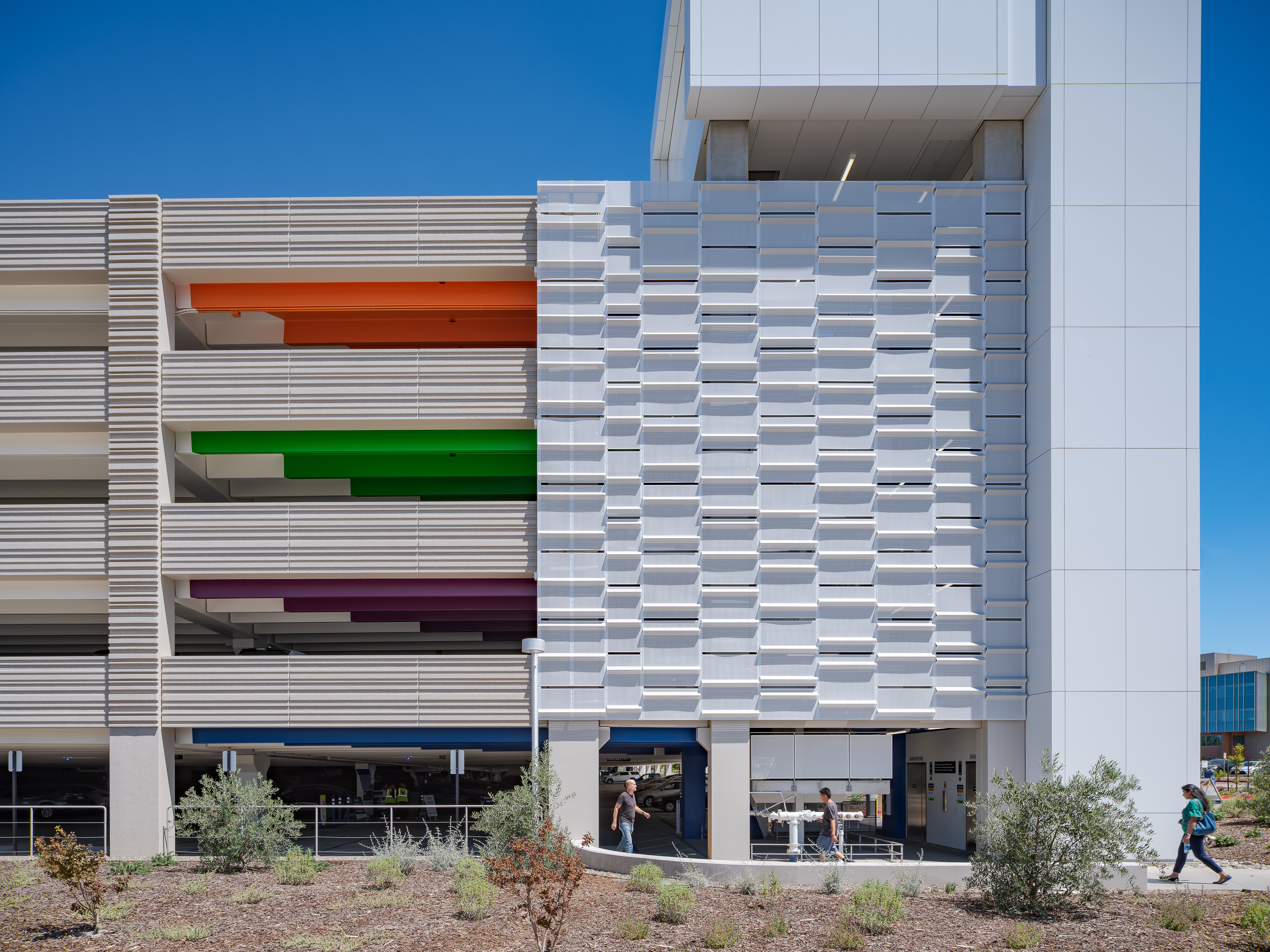COVID-19’s impacts are far reaching; even the parking industry is not immune. It is strained by the economic slowdown, virus-control shutdowns, and remote work reducing parking demand by as much as 65-90 percent. Not only are parking revenues affected in the short term; the parking behavioral changes wrought by the pandemic may be with us for the long term.
Consultants’ true superpower lies in their ability to answer questions through the focal point of budget, scheduling, and adaptive solutions.
When will parkers return? What role is technology going to play in future operations? How will current parking policies hold up in a post-COVID-19 world?
The answers to these questions are best addressed by leveraging a parking consultant’s diverse knowledge – now more than ever before. While owners and local operators may know more about the individual facility, a parking consultant can generate fungible design criteria, operational discussions, and necessary adaptations through a different lens.
Creating a Parking Ecosystem Baseline
The critical beginning step is a GAP Analysis to examine current operational performance against desired, expected performance. In other words, this analysis is used to determine if operations are in alignment with expectations and resources are being effectively utilized. Drilling down into the specifics of a parking facility, a GAP Analysis defines a baseline of its operations, revenue generators, facility technology, and structural/site assessment.
A parking consultant helps collect relevant data, diving deep into existing documentation, conducting staff interviews, observing existing operations, and brainstorming other ideas to generate useful data. The consultant’s independent study and impartial goals will ensure the data is usable and the defined baseline is an accurate cross section of current operations.
Utilizing this baseline, owners and operators can see the
gaps between where they are and where they want to be.
They can better determine how to maximize revenue and optimize operations. They can prioritize projects and make informed decisions on where to focus their spending and facility investments. With the help of a parking consultant, an implementation plan is developed identifying short-, mid- and long-term strategies/projects unique to the needs of the owner and individual parking asset.
Parking Ecosystem Flexibility
If 2020 has taught us anything, it is that plans change, and we need to be flexible and adaptable.
Most, if not all, of us are holding our collective breath, waiting to see what the “new normal” will be for travel, gatherings, and the economy. All variables have an impact on parking operations. Will parkers return? When? Does this mean adjusting operational goals?
The short answer is goals can remain the same, but the path to achieve those goals must have built-in flexibility. An implementation plan built through the GAP Analysis will need to include flexible terms and timetables. It should also include blank “hold” places for parking trends that could emerge post pandemic and require immediate adaptation.
One such emerging trend is touchless and mobile technology. Already trending before the pandemic, now touchless and mobile technology will be required – expected, in fact -- by all parking user groups. Gone are the days, at least in the foreseeable future, of everyone touching a shared parking terminal or congregating in the lobby to pay for parking. User groups will demand technology that allows them to efficiently find, reserve, and pay for parking, all while maintaining appropriate social distancing. Now is the time for owners and operators to ensure their current technology/software can adapt, and that their facility has the necessary infrastructure in place, such as adequate drive aisles and available power.
Other trend questions remain. Will there be an increase in personal-vehicle parking demand? Will the protracted conversation on TNCs continue or do they not have a place in a social-distancing world? How will micro-mobility evolve as a result of parking behavioral changes?
Of course, parking consultants can help answers these questions. However, their true superpower lies in their ability to answer these questions through the focal point of budget, scheduling, and adaptive solutions.
Evolution has always been the cornerstone of parking consulting and design. Emerging trends come and go; what will always remain is the goal of maximizing revenue through optimized operations. Achieving this requires looking inward and identifying strengths, weaknesses, and gaps in operations. Only then can an implementation plan, built on flexible metrics, be developed. Parking consultants lead this charge, and their insight and participation offer owners and operators the best rate of returns on investment.
Jeremy Rocha is Senior Project Manager at WGI. He can be reached at Jeremy.rocha@wginc.com










